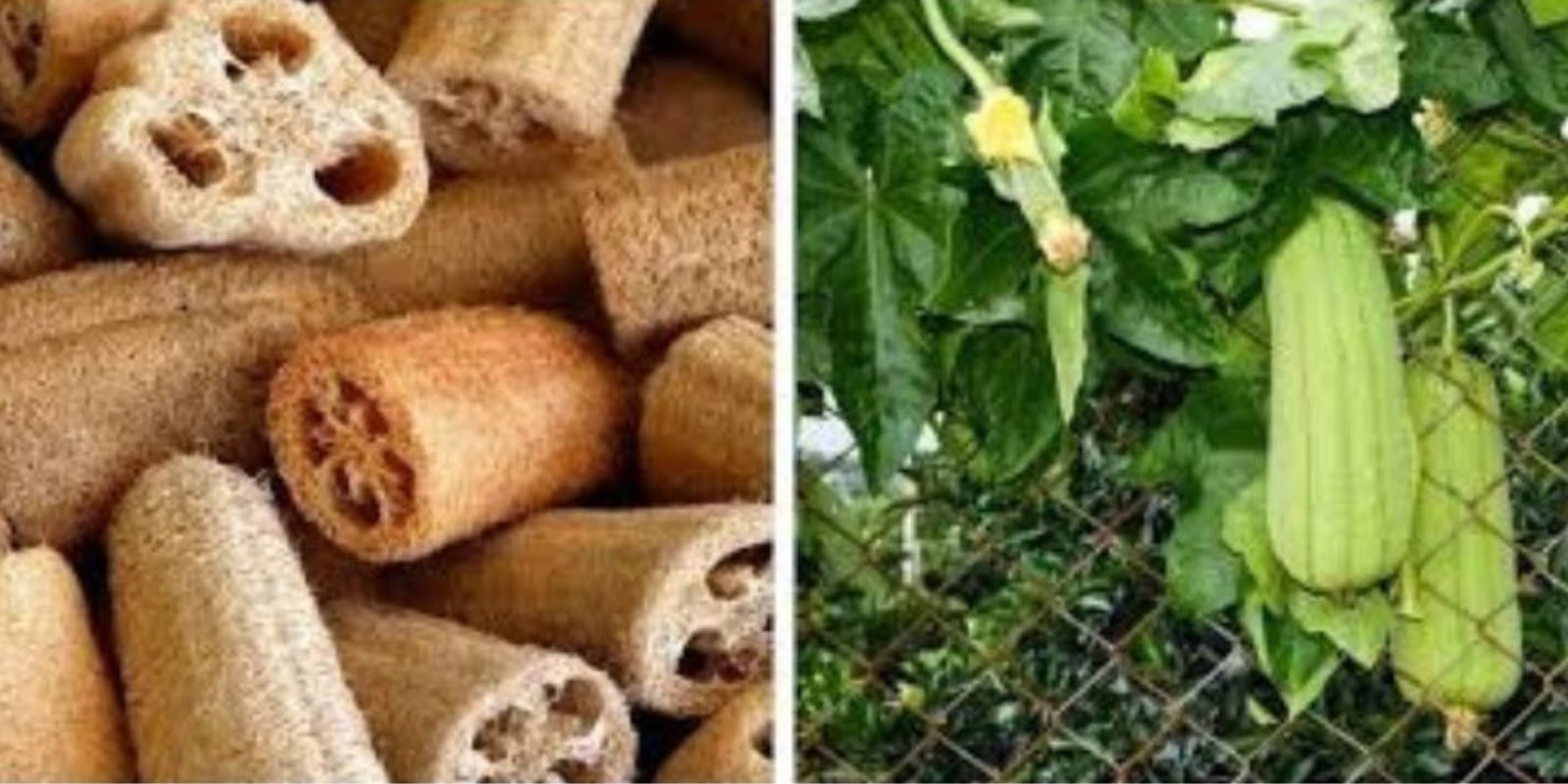Loofah sponges are more than just natural exfoliators; they are a symbol of eco-friendly living and self-sufficiency. Unlike synthetic sponges, loofahs are biodegradable and versatile, used for skincare, dishwashing, and even as crafting material. Surprisingly, these sponges don’t come from the sea—they’re the fibrous interior of a gourd plant. Growing loofah sponges in your garden is easier than you might think. With the right care and a bit of patience, you can enjoy the satisfaction of harvesting your own loofahs.
This guide will take you through every step of growing loofah sponges, from planting the seeds to harvesting and processing them.
Why Grow Loofah Sponges?
Loofah sponges are not only practical but also a sustainable alternative to synthetic products. Here’s why you should consider growing them:
- Eco-friendly: Loofahs are biodegradable and reduce waste.
- Cost-effective: Growing your own loofahs eliminates the need to buy commercial sponges.
- Multipurpose: Use them for skincare, cleaning, and even as biodegradable scrubbers.
- Satisfying Hobby: Watching the vines grow and sponges form is incredibly rewarding.
Step-by-Step Guide to Growing Loofah Sponges
1. Choosing the Right Location
Loofahs are warm-weather plants that thrive in sunny locations. Choose a spot in your garden that gets at least 6-8 hours of direct sunlight daily. Ensure the area has well-draining soil to prevent waterlogging.
2. Preparing the Soil
Healthy soil is key to growing vigorous loofah plants. Enrich the soil with compost or well-rotted manure to provide essential nutrients. Loofahs prefer slightly acidic to neutral soil with a pH between 6.0 and 7.5.
3. Planting Loofah Seeds
Loofah seeds have a hard outer shell, so soaking them overnight in warm water helps speed up germination. Once soaked, plant the seeds 1 inch deep in the soil, spacing them about 2 feet apart. Loofahs are best planted in late spring when the soil temperature is above 60°F.
If you live in a cooler climate, start the seeds indoors 4-6 weeks before the last frost and transplant the seedlings once the weather warms up.
4. Providing Support for Vines
Loofah plants are vigorous climbers and need plenty of space to grow. Install a sturdy trellis, fence, or arbor to support the vines. Vertical growth not only saves space but also ensures better air circulation, reducing the risk of fungal diseases.
5. Watering and Feeding
Loofah plants require consistent moisture to thrive, especially during flowering and fruiting. Water the plants deeply once or twice a week, ensuring the soil remains evenly moist but not waterlogged.
Fertilize the plants every 2-3 weeks with an organic fertilizer rich in nitrogen during the early growth stages. Switch to a phosphorus and potassium-rich fertilizer once the plants start flowering to encourage fruit development.
6. Encouraging Pollination
Loofahs produce separate male and female flowers, and pollination is essential for fruit formation. If natural pollinators like bees are scarce in your area, hand-pollination can help. Use a small brush or cotton swab to transfer pollen from male flowers to female flowers.
7. Monitoring Growth
Loofah plants grow rapidly and can reach lengths of 30 feet or more. Regularly check the vines for pests like aphids or cucumber beetles and remove them manually or use organic pest control methods.
8. Harvesting Loofah Sponges
Harvesting loofahs depends on your intended use:
- For eating: Pick young loofahs when they are about 4-6 inches long and tender. They can be cooked like zucchini or used in soups and stir-fries.
- For sponges: Allow the fruits to mature fully on the vine. They are ready to harvest when the skin turns brown, dries out, and starts to crack.
9. Processing the Sponges
Once harvested, follow these steps to process your loofah sponges:
- Peel off the dry outer skin.
- Remove the seeds from inside the fibrous core and save them for future planting.
- Rinse the sponges thoroughly to remove any residue.
- Let them dry in the sun for a few days until they are completely dry and lightweight.
10. Storing and Using Loofah Sponges
Store your processed loofah sponges in a cool, dry place. They can be used for exfoliating skin, cleaning dishes, or as eco-friendly household scrubbers. You can even dye them naturally or cut them into smaller pieces for various uses.
Tips for Success
- Patience is Key: Loofahs take 150-200 days to mature fully, so be patient.
- Control Pests Naturally: Use neem oil or introduce beneficial insects like ladybugs to manage pests.
- Mulch for Moisture: Adding a layer of mulch around the plants helps retain soil moisture and suppress weeds.
Why Mid-Summer is Ideal for Planting Loofahs
Mid-summer planting ensures that the plants have the warm, long days they need to thrive. If started earlier in the season, they will have enough time to mature before the first frost.
The Environmental Impact of Growing Loofah Sponges
By growing loofah sponges, you’re contributing to a more sustainable future. Unlike synthetic sponges, loofahs are biodegradable, reducing plastic waste in landfills and oceans. They’re a natural, renewable resource that aligns with eco-friendly living.
Common Challenges and How to Overcome Them
- Slow Germination: Soak seeds before planting and ensure warm soil conditions.
- Vine Overgrowth: Regular pruning can help manage the plant’s size and direct energy to fruit production.
- Pests and Diseases: Keep an eye out for common pests and use organic remedies to address them.
Conclusion
Growing your own loofah sponges is a rewarding and sustainable gardening project. From preparing the soil to processing the sponges, every step is an opportunity to connect with nature and promote eco-friendly living. Loofahs are versatile, practical, and environmentally friendly, making them an excellent addition to any garden.
Would you try growing loofah sponges in your garden? Share your thoughts and experiences in the comments below!
#GrowYourOwn #LoofahGarden #EcoFriendlyLiving #NaturalGardening #SustainableGardening #DIYLoofah #GardeningGoals

